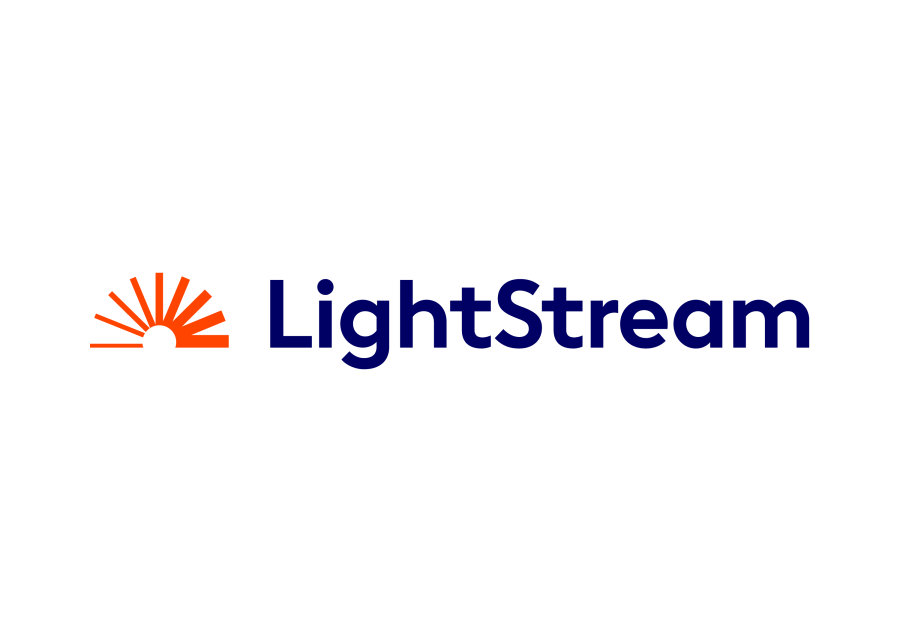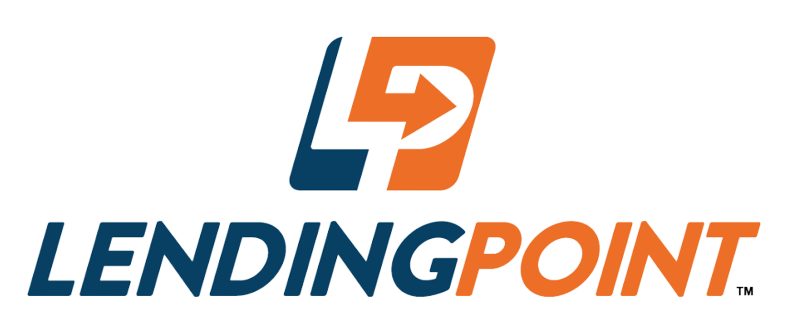Best Deck Loans March 2024
Summary: Best Deck Loans
Methodology
We reviewed 29 popular lenders based on 16 data points in the categories of loan details, loan costs, eligibility and accessibility, customer experience and the application process. We chose the best lenders based on the weighting assigned to each category:
- Loan cost: 35%
- Loan details: 20%
- Eligibility and accessibility: 20%
- Customer experience: 15%
- Application process: 10%
Within each major category, we also considered several characteristics, including available loan amounts, repayment terms, annual percentage rate (APR) ranges and applicable fees. We also looked at minimum credit score requirements, whether each lender accepts co-signers or joint applications and the geographic availability of the lender. Finally, we evaluated each provider’s customer support tools, borrower perks and features that simplify the borrowing process—like prequalification options and mobile apps.
Where appropriate, we awarded partial points depending on how well a lender met each criterion.
To learn more about how Forbes Advisor rates lenders, and our editorial process, check out our Loans Rating & Review Methodology.
Tips for Comparing the Best Deck Loans
When looking for the best deck loans, compare all of your options based on factors like interest rates, fees and borrower requirements. Follow these tips to find a deck loan that meets your needs:
- Evaluate your qualifications. When assessing deck loan applications, lenders consider the prospective borrower’s credit score, income and borrowing needs. Lenders typically look for a credit score of at least 670 to qualify for a personal loan. To evaluate your approval odds before applying for a deck loan, check your credit score and compare it to each lender’s minimum requirements.
- Choose a lender that offers a prequalification process. Prequalifying for a loan lets you see what rates and terms you’re likely to qualify for based solely on a soft credit check. Unlike hard credit inquiries, soft credit inquiries don’t affect your credit score, so you can shop around before submitting a formal loan application.
- Compare interest rates and other fees. In general, personal loan interest rates range from 4% to 36%, depending on borrower creditworthiness. Many lenders also charge additional fees, such as origination fees and late payment fees. Choose a lender that offers a competitive cost of borrowing for your credit profile.
- Find a loan term that meets your needs. Lenders offer several types of deck financing. These range from short-term loans with higher monthly payments and lower interest rates to long-term loans with steeper rates but reduced payments. Evaluate each lender’s offering based on your budget and borrowing needs.
- Check if the lender charges prepayment penalties. Many lenders charge prepayment penalties if you pay off your loan early. This can increase the overall cost of borrowing, so look into each lender’s policy if you intend to pay off your loan before the end of the term.
What Is Deck Financing?
Deck financing is a type of loan that helps homeowners pay for both the materials and labor involved in constructing or repairing a deck. This includes the expansion or enclosure of existing outdoor spaces.
Depending on the lender and your needs, deck financing may come in the form of a personal loan, credit card or contractor financing. Some borrowers also opt for a home equity loan or home equity line of credit (HELOC) when financing the construction of a deck.
How Much Does It Cost to Build a Deck or Patio?
The cost to build a deck or patio varies depending on the size of the structure, the materials and whether the homeowner hires a contractor or takes the do-it-yourself (DIY) route.
On average, though, building a new deck costs between about $4,000 and $16,000, with additional costs for screening, enclosing or covering the deck. A new patio costs between $1,900 to $5,500 on average. That said, a deck could cost as much as $20,000—or more—depending on size, material quality and local labor costs.
If you’re hiring a contractor to build your deck or patio, get at least three bids before hiring someone. This can help you get a lower price while still working with a qualified contractor who has sufficient experience building decks.
Common Deck Financing Options
There are several common options for financing your deck project, including personal loans, home equity loans and credit cards. The best way to finance a deck depends on several factors, such as the cost of the project, your credit score and whether you’re able to qualify for a low-interest loan or no-interest credit card. Consider these common deck financing options:
Personal Loans
Personal loans are installment loans that provide borrowers with a lump sum of cash to cover personal expenses. This type of deck financing is available from traditional banks and credit unions as well as from online lenders. Personal loan APRs vary between 4% to 36%, depending on borrower qualifications. Most lenders require a minimum credit score of at least 670, though some financial institutions specialize in borrowers with fair or poor credit.
Choose a personal loan to finance your deck if you need to access the funds quickly and don’t want to use your home as collateral. Also make sure you have sufficient monthly cash flow to pay off the loan quickly.
Home Equity Loans
A home equity loan is a fixed-interest loan that lets homeowners borrow against the equity in their home—or the home value minus the mortgage debt. This type of financing is repaid over time and, because it is secured by the home, usually comes with low interest rates (3.25% to 7.94%, as of August 2022).
Home equity loans are generally available from banks and credit unions, and they’re disbursed as a lump sum of cash. To qualify, borrowers should have a minimum credit score of 680, plus 15% to 20% home equity and a debt-to-income (DTI) ratio of 43% or less.
Home equity loans are best if you have sufficient home equity and want to receive a lump sum of cash to pay for deck construction. However, keep in mind that you risk losing your house if you can’t make your payments.
Home Equity Lines of Credit
A HELOC provides homeowners access to a revolving line of credit that uses the borrower’s home equity as collateral. The borrower can draw against the line of credit on an as-needed basis and will only pay interest on the outstanding balance. This makes HELOCs ideal for lengthy deck projects that can be completed over time.
HELOCs are available through traditional banks and credit unions, and they have similar requirements as home equity loans. In general, borrowers should have a credit score of at least 620 to qualify, and most lenders require the homeowner to have at least 15% to 20% equity. Consider this option if you have sufficient equity in your home and prefer to withdraw funds gradually—though remember that the lender could seize your house if you can’t keep up with your payments.
0% APR Credit Cards
A 0% APR credit card provides an initial promotional period of interest-free borrowing to qualified applicants. Consumers with a credit score of at least 670 have the highest chances of being approved for a 0% interest card. The promotional rate typically lasts for around six to 18 months, though this may extend up to 21 months. Once the 0% period ends, APRs range anywhere from 13% to 28%.
A 0% APR credit card may be the best way to finance a deck because of the low borrowing costs. However, it can be difficult to qualify for 0% APR credit cards, and they only offer savings if you have enough income to pay off the balance before the 0% period ends.
Contractor Financing
Some contractors offer in-house financing for deck construction and other home improvements. With this type of financing, the contractor may offer a loan through a third-party lending partner, like a local credit union. APRs and interest rates vary but are generally similar to those available with personal loans.
How to Get Deck Financing
The best way to get financing for your deck project is to compare loan offers from multiple lenders and choose the one with the lowest interest rate and fees. From there, the application process varies by lender, but most follow the same general process. Follow these steps to get financing for a deck:
- Check your credit score. Lenders will use your credit score to determine your loan eligibility and terms. Before choosing a lender and submitting an application, check your credit score to see whether you’re likely to qualify. If your score is low, it may make sense to focus on building it up—such as by paying down outstanding debts—before beginning your deck project.
- Determine the cost of your deck. Estimate how much money you need to complete the project and what interest rates and fees you can realistically afford. Your project’s biggest costs will be the cost of materials and labor if you hire a contractor.
- Compare lenders. Once you know the amount and type of financing you need, compare multiple offers to find the best deal. Where possible, take advantage of lenders’ payment calculators and prequalification processes to identify the most suitable option.
- Submit your application. Gather the documents required by your lender and submit your application online or in person. Lenders may require proof of income, proof of homeownership and proof of identity.
- Provide additional documents. Depending on the type of financing, you may need to provide additional documentation as part of the application process. If so, a loan officer will contact you to request the information. Keep an eye on your email and then submit the requested documents as soon as possible so your loan can progress through underwriting.
- Receive your funds. If you’re approved, the lender will disburse the funds directly to your account or provide online access to your line of credit. You’ll also receive loan documentation that includes your total monthly payment amount and due date.
Frequently Asked Questions (FAQs)
Decks can be financed with a variety of loan products, including personal loans, home equity loans and credit cards. The best deck loans depend on a variety of factors, such as the borrower’s needs and qualifications.
How long can you finance a deck for?
Most lenders offer loan repayment terms of 12 to 60 months, depending on your credit score and the loan amount. However, some lenders offer terms as short as three months or as long as 12 years.
Is building a deck a good investment?
Building a deck can be a good investment if you choose materials and designs that add value to your home. In general, decks have a high average return on investment (ROI) of around 70%. If you’re not sure whether building a deck is right for you, speak to a real estate agent or home improvement contractor familiar with your local market.
How do people pay for a new deck?
There are a few different ways to finance your deck project, including personal loans, home equity loans and credit cards. Others save up and pay for the project with cash.
Next Up In Personal Loans
Forbes Advisor adheres to strict editorial integrity standards. To the best of our knowledge, all content is accurate as of the date posted, though offers contained herein may no longer be available. The opinions expressed are the author’s alone and have not been provided, approved, or otherwise endorsed by our partners.
Read the full article here




















